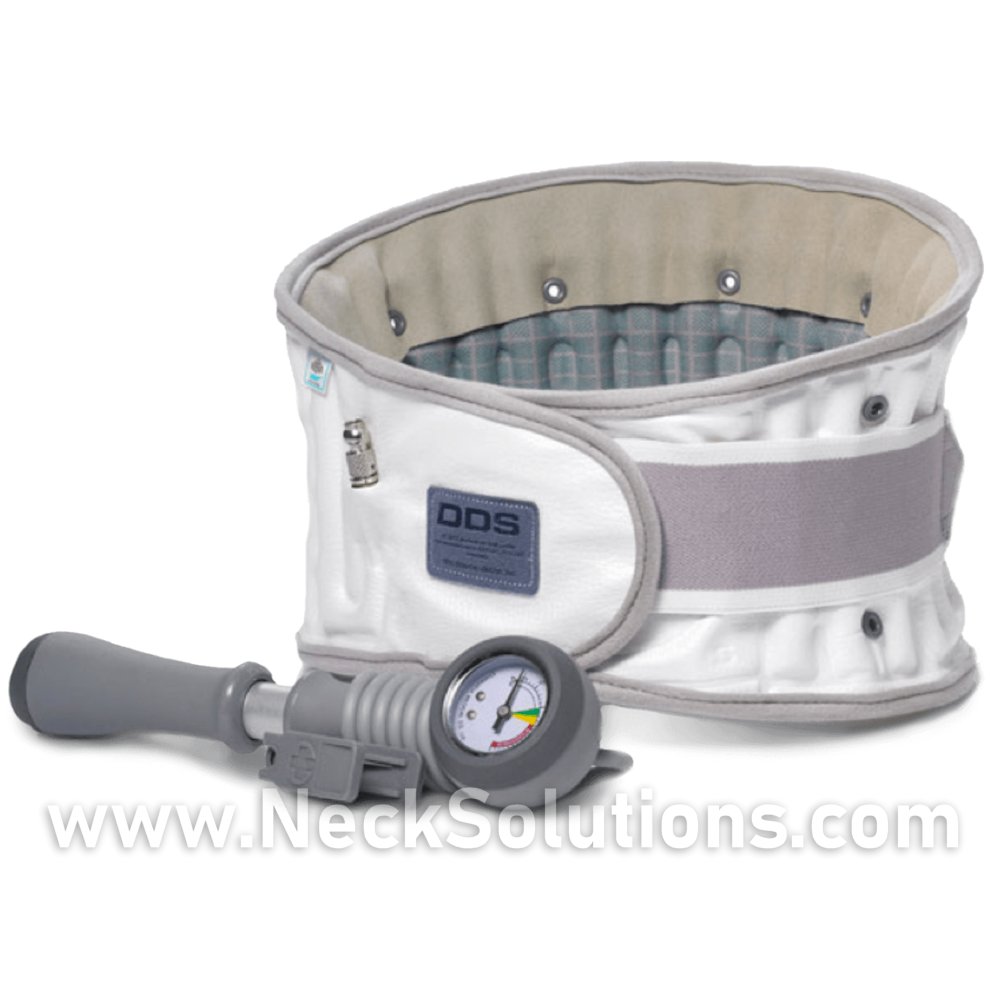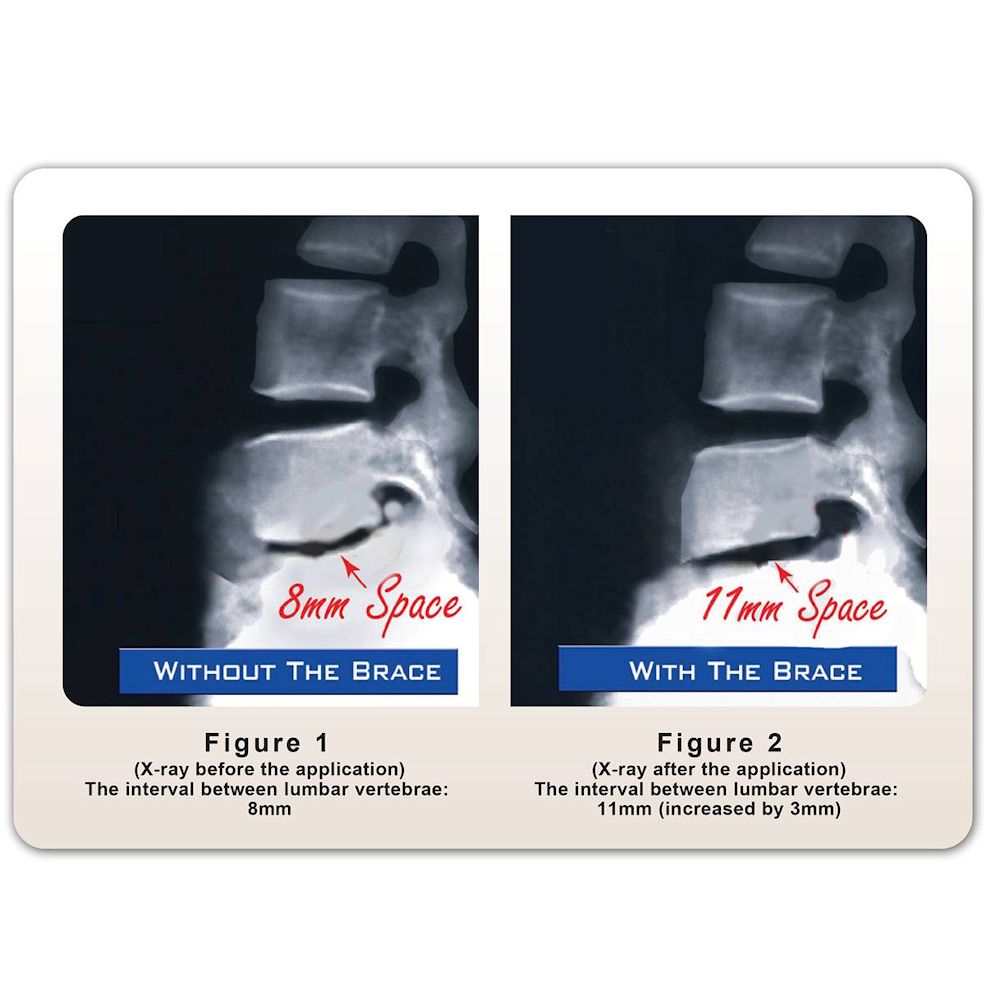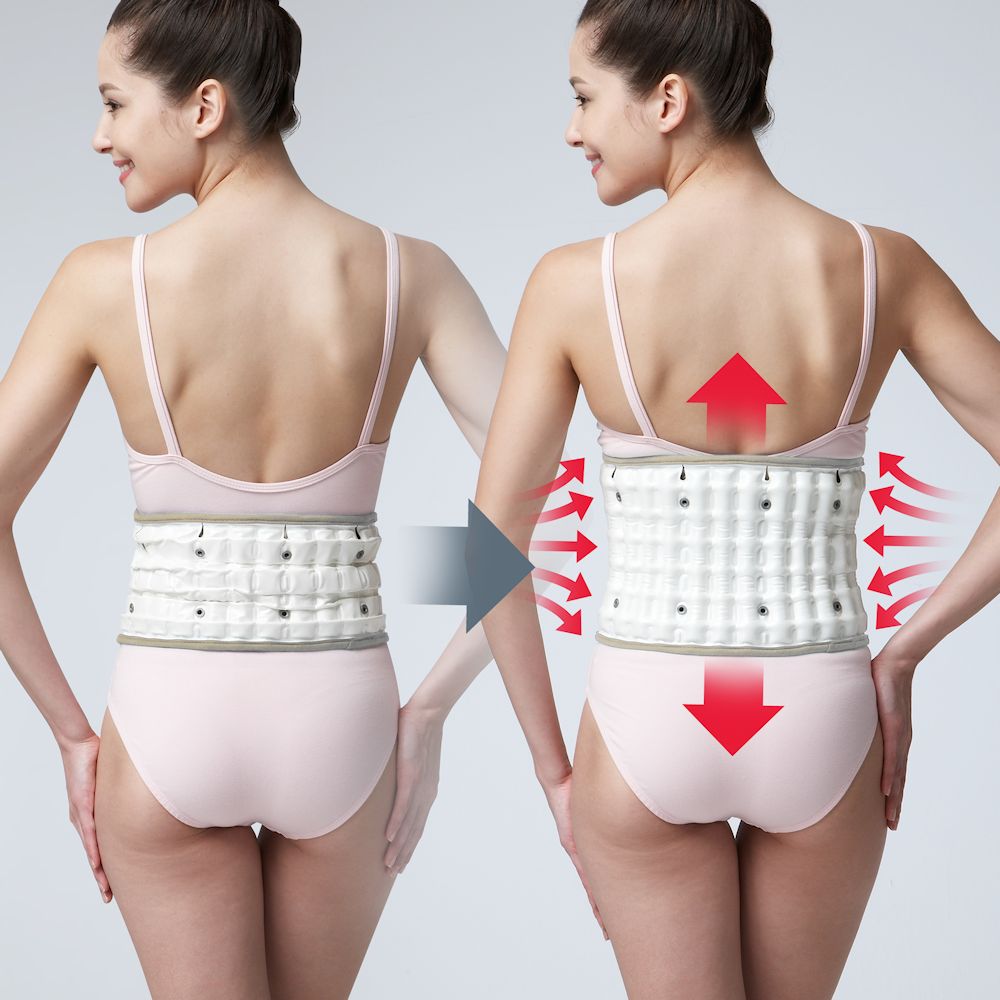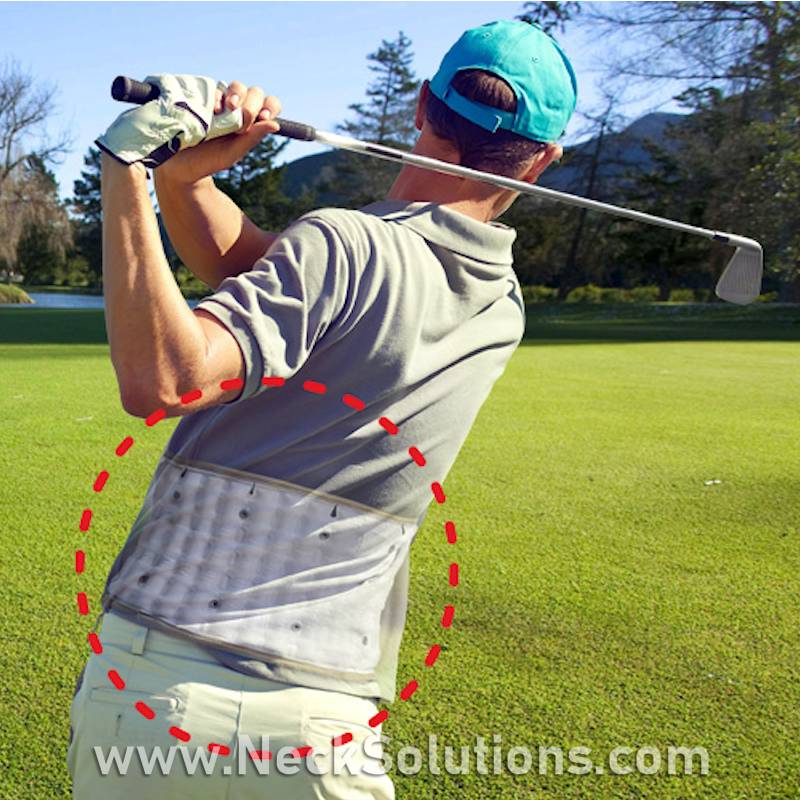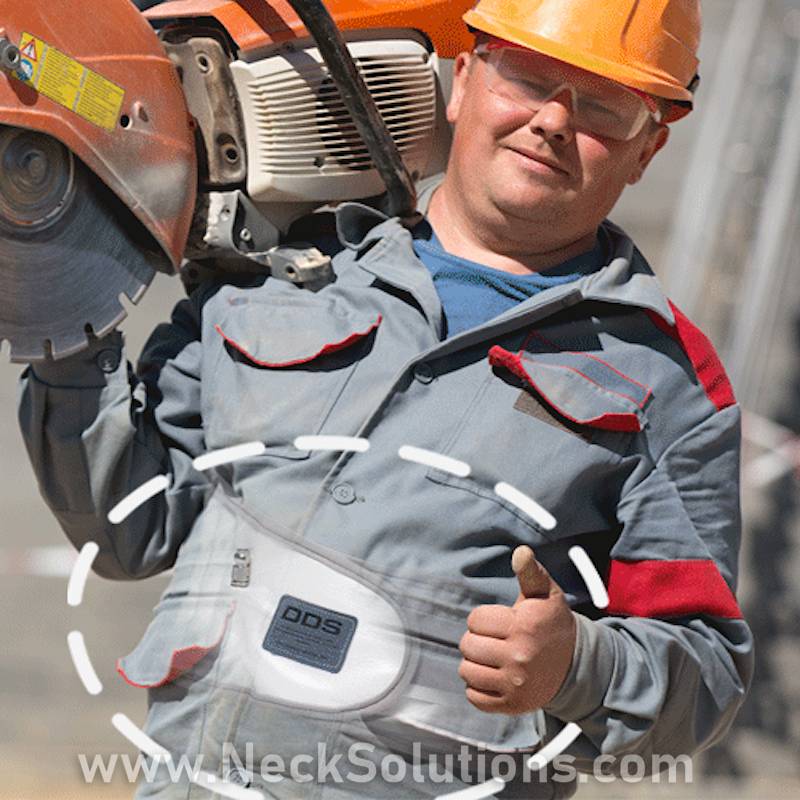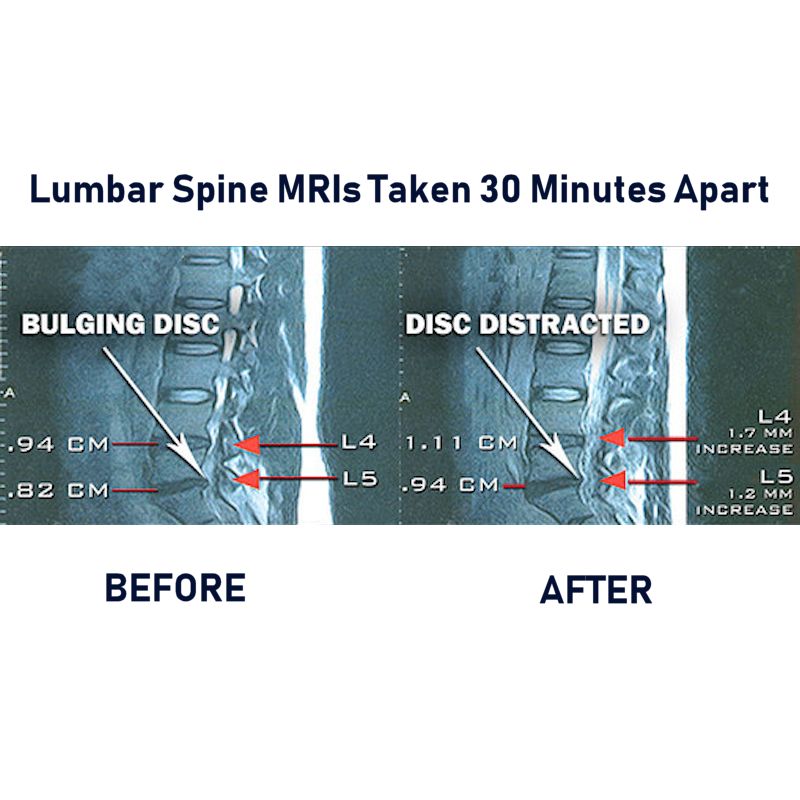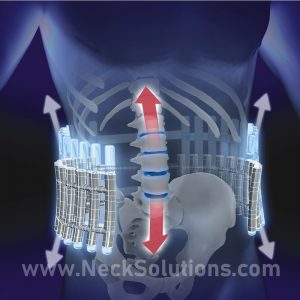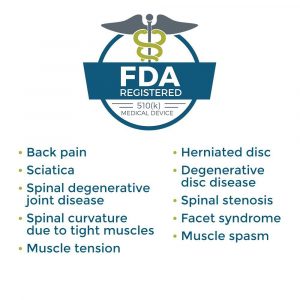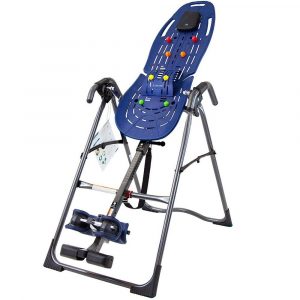Spinal Decompression Belt
$225.00
The Spinal Decompression Belt has proven results and quality not found in cheap imitations. When it comes to relief for back conditions, this is the best.
Based on scientific principles, accurate application as well as uncomplicated use. The unique air cell extension reduces loading pressure in the lower back expanding the disc by means of securing beneath the rib cage and above the pelvis, stretching out the lower back in an up and down direction. This may substantially lessen back pain from compression forces.
Prices & Offers Subject To Change
Spinal Decompression Belt For Relief Of Pain At Home & Work Sitting & Standing
The Spinal Decompression Belt has proven results and quality not found in cheap imitations. When it comes to relief for back conditions, this is the best. The distinctive and inventive style and design provides continual pain relief for active people which permits independence in order to maintain a productive life-style.
The functionality is based on scientific principles, accurate application as well as uncomplicated use. Back traction is generated by the device when the belt is inflated. The unique air cell extension reduces loading pressure in the lower back expanding the disc by means of securing beneath the rib cage and above the pelvis, stretching out the lower back in an up and down direction. This redirects weight bearing force vertically and decreases the forces inside the lumbar spine, which may substantially lessen back pain from compressive forces.
A unique and patented expandable Decompression Back Belt and Easy To Use Hand Air Pump.

1) Air Nozzle permits connecting to the air pump. Turn nozzle counter-clockwise about two turns which deflates the traction belt.
2) To protect the skin and increase user comfort, a 100 percent cotton liner is used
3) A secure strapping provides adjusting with just one touch.
5) The Air Pump is included along with the brace – a complete package!
A special function which makes the decompression brace the best available is the unique patented design created specifically for the individual needing stabilizing of the lumbar spine, particularly for individuals both before and after surgical treatment. Additionally, it is a great solution for those that can’t withstand an inflexible body jacket but require a strong supporting device.
This is ambulatory lumbar traction, which means you are not tied to a machine; you can walk, work or sit using the device. More or less force by means of the hand pump can be easily employed for individual needs. Traction offers encouraging benefits as well as helpful management involving all kinds of disc problems as well as spine injuries. With well over two million individuals and doctors presently employing this specific technology, we have been privileged to help people needing improved quality lifestyle.

Before Therapy: The discs are strained due to loading of structures from gravitational forces causing a herniated or bulging disc which may compress sensitive nerves triggering back pain, referred pain or numbness down the leg along with muscular spasms. This is sometimes called sciatica
After Therapy: The Belt provides forces that return the disc to a more normal height by reducing harmful downward pressure, removing irritation from muscles, discs and joints by means of the expanding cells filled with air inside the belt.
The spinal decompression belt can provide relief for those who must do heavy lifting on the job or at home as well as those who need relief for short or long distance driving.
Spinal Decompression Belt May Help:
- Herniated Lumbar Disc
- Back Joint Sprain
- Degenerative Disc Disease
- Spondylolisthesis
- Lumbar Fusion Surgery
- Compression Fractures
- Lower Back Pain
- Muscle Strain

Spinal Decompression Belt For Herniated Disc
A disc can bulge when the soft, inner part called the nucleus partially pushes out and a herniation pushes further out. Both can cause back pain by pinching a nerve and some may even push out into the spinal canal, which holds the spinal cord
The inflatable back belt can help those with bulging or herniated discs and degenerative conditions because it decreases weight bearing stress on the disc. As the belt inflates, it decompresses the disc resulting in less bulging or herniating, minimizing additional damage to the disc. The traction belt provides an increase in the height of the disc, allowing more room for sensitive nerves. Traction will help to increase hydration of discs and encourage nutrients to be absorbed into the disc, increasing disc health. This helps to reverse the process of degenerative disc disease or osteoarthritis of the lumbar spine.
Lumbar Sprain/Strain
A back sprain involves injury by stretching or tearing of the tendons an/or ligaments. A back strain involves damage by overstretching or tearing the muscles. Initially, rest is indicated as the injury needs to heal from inflammation. Traction should not be used for recent injuries, however, the Belt can be helpful after the initial stage of healing and for chronic sprain/strain conditions, which can often result from postural stress.
Spondylosis & Spondylolisthesis
Spondylosis in the cervical and lumbar spine is a medical term for osteoarthritis, which can form painful arthritic bone spurs around the disc, trying to stabilize a degenerating condition. The spinal decompression belt can help reduce weight bearing stress that may alleviate pressure.
Spondylolisthesis describes a condition where there is a disconnection or failure to unite between the front and back part of a spinal bone. The front part of the bone can slip forward, causing pressure on the nerves and can cause a sway back or increase in the curve of the lumbar spine called hyperlordosis. This increases pain from this instability, especially when standing or sitting for long periods. The traction belt reduces stress from weight bearing in the lumbar spine, helping to reduce the hyperlordosis and spondylolisthesis, increasing stability and alleviating discomfort & pain.
Irritated Joints
The joints in the lower back are called facet joints and help with a gliding motion of the back. Each back bone has 4 of these facet joints, which are behind the discs. These facet joints are near the nerves and changes in these joints from arthritis can cause pain from inflammation and can place pressure on the nerves. The traction belt can help reduce pressure on the joints, relieving pain, helping to heal injured joints, allowing better motion and helping to prevent further damage.
How Long Should I Wear?
For maximizing therapeutic benefits, it is recommended to wear the belt for about 4 to 6 hours a day or as prescribed by your health care professional. Benefits are usually noted after wearing the belt for a few days. Some individuals will need to wear the belt for longer periods in order to achieve maximum symptom relief.
As with non traction back belts, extended use may cause some weakness to the muscles supporting the back and the abdominal muscles. However, use of the spinal decompression belt can help increase physical activity, minimizing any dependency. It is recommended to begin exercising the back muscles as soon as possible to make sure the muscles are not weakened.
Similar Products?
This is the DDS 300 model and is far and beyond the best quality spinal decompression belt. This is very important to get the best results. There are cheaper copycat products, however, they do not match up in either quality or performance. This is constructed from a 100% cotton lining and uses durable materials, thus the 1 year warranty, where many others are just 30 days. The spinal decompression belt has an anatomical, ergonomic shape, allowing better traction for the lumbar spine that has been proven in scientific studies. The hand pump has a gauge and is easily stored and lightweight. Some other products have heavy pumps with no gauge, and we have even seen one that you must use your foot to pump! The belt is machine washable and comes with a free laundry bag for washing, while some other products will instruct not to get the belt wet, which is bad hygiene.

Spinal Decompression Belt Use
1) Prior to use, ensure the belt is totally deflated by simply rotating air valve counter clockwise four to five turns in order to discharge air. Prevent over loosening the valve. Doing this may remove the valve.
2) Right after the belt is totally deflated, turn air valve to the shut location simply by rotating the valve clockwise till the valve is totally tight.
4) Put around the stomach, placed under the rib cage and above the pelvic girdle (typically called the hips). Place the traction belt upright and aligned with the middle of the stomach.
6) Secure Velcro attachments as well as Velcro strap in order to secure your belt on the body. The belt needs to be secured around the stomach fairly snug, yet, not very tight.
7) In order to attach your hand pump valve on the traction belt valve, open up the clamp simply by pressing the clamp arms jointly, insert the tongs from the hand air pump valve in to the groove of the belt air valve and securely place hand pump air valve over the belt air valve.
8) Continue to inflate your belt by means of beginning hand pump action. Go on to inflate your spinal decompression belt till the pressure gauge goes in to the green-orange locations (ten – fourteen pounds per square inch). Warning: Don’t let the needle to go beyond to the red-colored part of the pressure gauge. Doing this can break the belt.
9) When the belt is filled with air, take away hand pump valve from belt.
10) Before taking off the belt, discharge the air from the by turning the valve counter clockwise to release air. Prevent over loosening your valve. This will take off the valve.

Tips:
1) Don’t use anything but the hand pump which is supplied with the belt. Using a different pump can harm the valve as well as void your warranty.
2) When inflating the Belt, do not ever go beyond fourteen pounds per square inch permitting the gauge to go in the red-colored location .
3) If you suffer from blood pressure or heart problems, consult your doctor before use.
4) In order to prevent water getting into the air cells , before cleaning, ensure the valve is fully shut by rotating it clockwise till securely tightened.
5) Handle carefully. Dropping your hand pump may lead to problems.
6) Keep sharpened items from belt.
Suggested use is Four to Six hours a day. The spinal decompression belt may be put on at various times during the day for different amounts of time. Customize use periods for your personal requirements (i.e. put on your belt at the most difficult times: like standing, sitting, getting to sleep, doing work ect…).
For the best placement, wear the traction belt when lying down on your back having knees bent and carefully pulled towards the chest. This allows the low back to relax. In the course of the first Twenty minutes of applying the traction belt, you may encounter some uncomfortableness because of the body changing and adjusting. This is certainly typical.
For additional ease and comfort when you are using the belt, you could anytime discharge some air from the belt simply by pressing down the air valve. It can be used both beneath or around clothes (if allergic reactions occur because of skin and brace contact, talk to your doctor).
In the event of greater pain, decrease the wearing time to 2 – 3 hours per day. In case additional pain is persistent get in touch with your doctor.
Additional information
| Select Size | Small (26-28"), Medium (29-32"), Large (33-35 "), X Large (36-38"), 2X Large (39-41"), 3X Large (42-44"), 4X Large (45-48"), 5X Large (49-51"), 6X Large (52-55"), 7X Large (56-59") |
|---|
